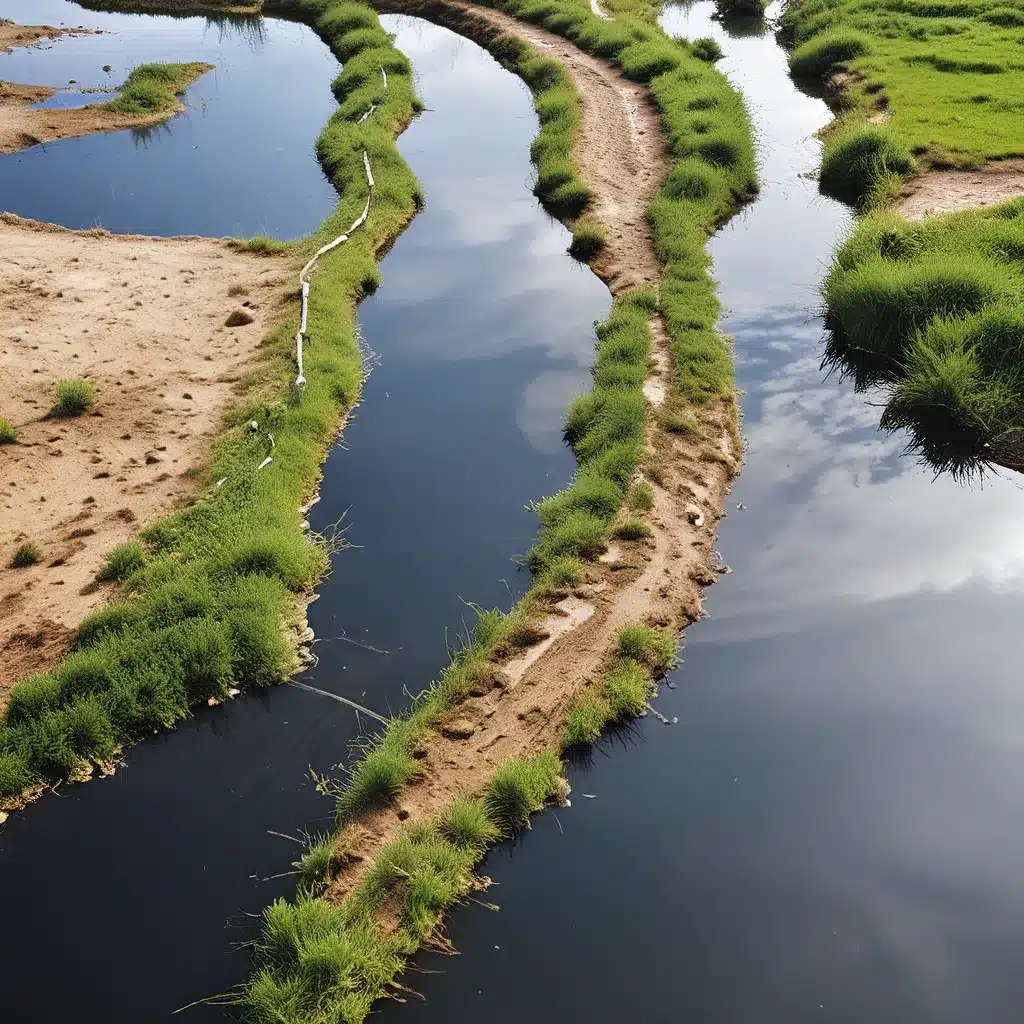
The Evolving Nexus of Land and Water Planning
You know, I’ve always been fascinated by the intricate dance between land use and water management. It’s like a complex puzzle, where every piece – from zoning regulations to landscaping ordinances – plays a crucial role in shaping the way our communities use this precious resource. And let me tell you, the story of how cities and towns across Colorado are connecting these dots is one that’s both inspiring and eye-opening.
Rewriting the Playbook
Not too long ago, you could say that water management was the forgotten stepchild in the world of urban planning. Towns would merrily map out their growth and development plans, without giving a second thought to the water demands they were creating. It was kind of like building a house without considering where the plumbing would go – you’d end up with a real mess on your hands.
But as Colorado and other states have faced rapid growth and water scarcity in recent decades, the light bulb has finally started to go off. Cities and towns are realizing that they can’t just keep tapping into finite water sources without a clear plan for the long-term. They’ve got to get proactive, and that means weaving water management strategies into the very fabric of their land use plans.
Connecting the Dots
Take the city of Westminster, for example. This fast-growing suburb on the outskirts of Denver has a bit of an advantage – it’s essentially landlocked, which means its planners can really hone in on the water needs of their specific community. They’ve made a concerted effort to align their comprehensive land use plan with their water supply plan, using GIS software and other analytical tools to closely track the water demands of different development proposals.
It’s a delicate dance, to be sure. The city has to balance its growth aspirations with the realities of its water resources. As Stu Feinglas, Westminster’s water resources analyst, puts it, “We can say we’ve allocated 10 acre-feet for this property, and so if you want to build at a density where you need 20 acre-feet, we go into a discussion. Where are you going to get that water from, and is it worth it to put that density in?”
Leading the Charge
And Westminster isn’t the only one getting creative. Down in Durango, the city’s planning director, Greg Hoch, explains how they’ve taken a hard look at their comprehensive plan and water supply portfolio to determine exactly how much growth they can sustainably support. In places like Winter Park, mandatory regulations limit development permits to avoid dewatering the nearby Fraser River. And in Douglas County, officials have gone so far as to create a special water supply overlay district, placing additional restrictions on groundwater use in certain areas.
It’s like a high-stakes game of Tetris, where city planners and water managers have to perfectly align the blocks of population growth, water availability, and environmental protection. And let me tell you, some of these communities are really raising the bar. Just take a look at Sterling Ranch, a new development in Douglas County that’s aiming to use a mere one-third of the water typically allotted for a typical family home. They’re talking rainwater harvesting, super-efficient irrigation systems, and xeriscaping that puts traditional lawns to shame.
A Changing Tide
Heck, the progress happening in Colorado is so impressive that it’s catching the eye of folks around the country. Organizations like the Alliance for Water Efficiency are looking to the Centennial State as a model for their “Net Blue” initiative, which aims to create a national template for water-conscious land use planning. And you’ve got places like Cambria, California, that have already implemented their own water offset ordinances, requiring developers to offset their water use before breaking ground.
It’s clear that the tide is turning, and communities are realizing that they can’t keep treating water and land use as separate silos. Inland Waters Inc. has been at the forefront of this movement, helping cities and towns integrate their land use and water management strategies in innovative ways. From developing low-impact stormwater management plans to implementing tiered fee structures that incentivize water-wise landscaping, they’re proving that smart, sustainable growth and reliable water resources can go hand in hand.
The Future is Cloudy… But Hopeful
Of course, the path forward isn’t without its challenges. Passing binding local and state laws, enforcing landscaping ordinances, and getting everyone on the same page – from developers to water providers to city planners – is no easy feat. But the progress we’re seeing, even in the face of these hurdles, is nothing short of inspiring.
As Paul Lander, a water conservation expert at the University of Colorado Boulder, puts it, “It really raises the bar not just in Colorado, but across the Southwest.” And you know, I can’t help but agree. The future may be uncertain, but one thing’s for sure – these communities are proving that when it comes to managing our precious water resources, the time to connect the dots is now.
So, who knows what other innovative strategies and tools are on the horizon? One thing’s for sure – I can’t wait to see what these water and land use pioneers come up with next. It’s an exciting time to be in the world of integrated water resource management, and I’m thrilled to be along for the ride.


